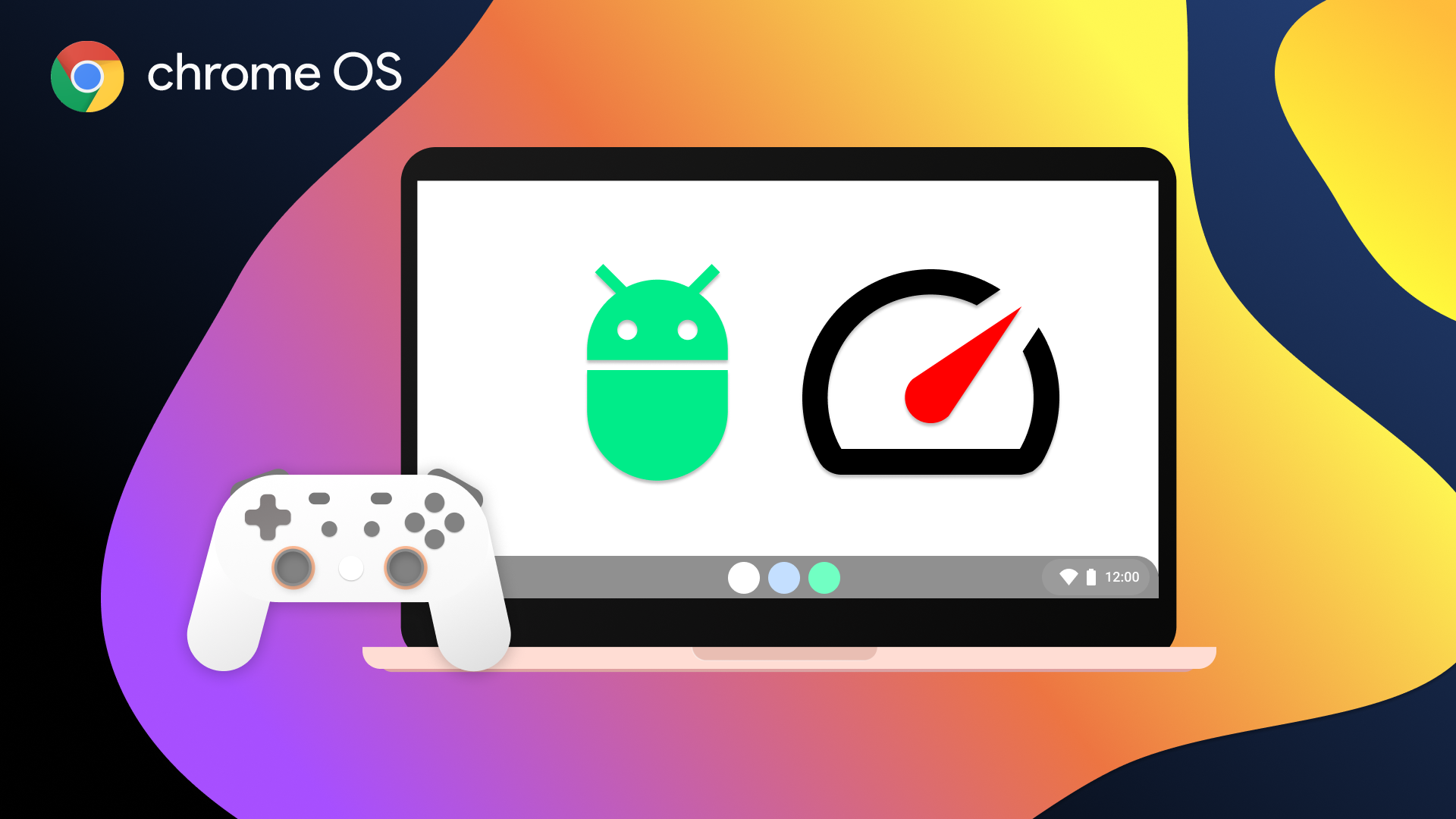We're long past the days of dismissing Chrome OS as a glorified browser. Google’s been expanding the operating system’s capabilities, and it seems the company’s next stop is the Chromebook gaming experience. We saw the new Chrome OS code changes in January, hinting at full RGB support for keyboards. Less than two months later, new reports suggest that Google is working on bringing full support for variable refresh rate (VRR) displays to Chrome OS.
Support for variable refresh rate displays is rolling out to the Chrome OS 101 Dev Channel, as spotted by About Chromebooks. To try it out, you’d need to enable the flag at chrome://flags#enable-variable-refresh-rate. This turns on the feature in the software, but you’d still need useful hardware to notice any viewing difference. There aren’t many — if any — Chromebook displays out there with built-in VRR displays, but the report notes that it may be possible to get the feature working by connecting your device to an external monitor that supports variable refresh rates.
Avid gamers may have experienced stuttering and screen-tearing a few times. (For the uninitiated, screen tearing is a visual artifact where a display shows information from multiple frames in a single screen draw.) Multiple aspects of your screen don’t align with one another, and this is caused by your display's refresh rate and graphics card being out of sync. Variable refresh rate displays help eliminate such viewing errors by matching the frame rates from your GPU. Windows supports this feature primarily for gaming and newer TVs are also being fitted with the capability — making them excellent for consoles like the Xbox Series X. Even phones like the Samsung Galaxy S22 Ultra have adaptive refresh rate displays to conserve battery on screens that don’t require that blazing-fast 120Hz.
It’s great that Google has brought support for VRR displays to Chrome OS. Unfortunately, users won't be able to take advantage of it until manufacturers start fitting Chromebooks with native variable refresh rate displays and dedicated Nvidia or AMD GPUs.

